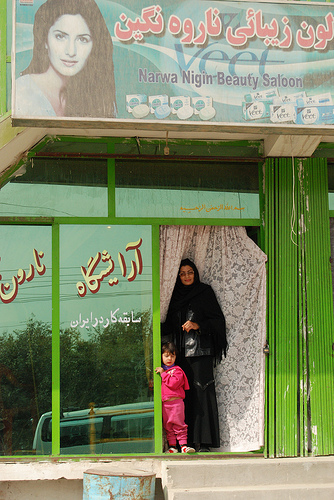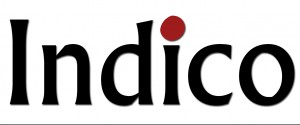
The mainstream media, including the New York Times, has been arguing lately about the effectiveness of microfinance. Yet a stark reality remains: there are millions of poor, especially women, who are not employable for a host of social, cultural and other reasons. A regular paycheck is a distant, perhaps impossible dream for them. They must borrow where they can to grow their small businesses and provide for their families. Without the availability of microfinance, their only recourse is the local loan shark charging exorbitant rates.
Microfinance is not the cure-all to end global poverty that it has often been touted to be, but we should not underestimate its continuing power to transform individual lives, especially women’s. At Women’s World Banking, we dedicate our efforts to better understanding what poor women want in financial services, and then finding ways to deliver it to them cost effectively, efficiently and sustainably.
A recent New York TImes article pointed out that for-profit investors and banks are now being attracted to microfinance by the high returns possible on their investment. The article deplored the high interest rates being charged as some providers have got greedy or simply need to satisfy their new masters’ appetite for returns. While the specter of poor borrowers becoming over-indebted is real and the sector is itself taking steps to address it, the picture is not all gloom and doom. The entry of the big boys could actually benefit poor women as microfinance providers increase their outreach and begin competing on price and services.
Focusing on lending alone as recent media articles have done misses the bigger picture. Microfinance providers are already diversifying their product offerings to include savings products, housing loans and insurance. Since many entrepreneurs in the developing world are only one seemingly minor catastrophe – like a hospital stay – away from financial disaster, these products together lead to a more stable financial platform for a poor household.
What can’t be overlooked, however, is the undeniable link between financial independence and women’s empowerment. Increasing a woman’s self-confidence and self-esteem not only help her to better negotiate power dynamics in a household but also lead to more active participation in the community. We hear this from WWB’s partner in Pakistan: the institution went from a non-profit to becoming a bank and could now offer savings deposits to its clients, the vast majority of them poor women. But in order to open a bank account in Pakistan, one needs a national ID card. The microfinance provider encouraged all its clients to get this card and reported that as the women did so, they immediately began to plan how they might vote now that they had an “official” identity.
We believe that when people have access to basic financial services, they find their own way to generate income and improve the well being of their families. Ideally a stable government, robust economy and a well-regulated banking system would provide that access to all citizens of a particular country. Barring that let us make sure that at least microfinance is within their grasp.
This article was first published on WomenMakeNews.com
